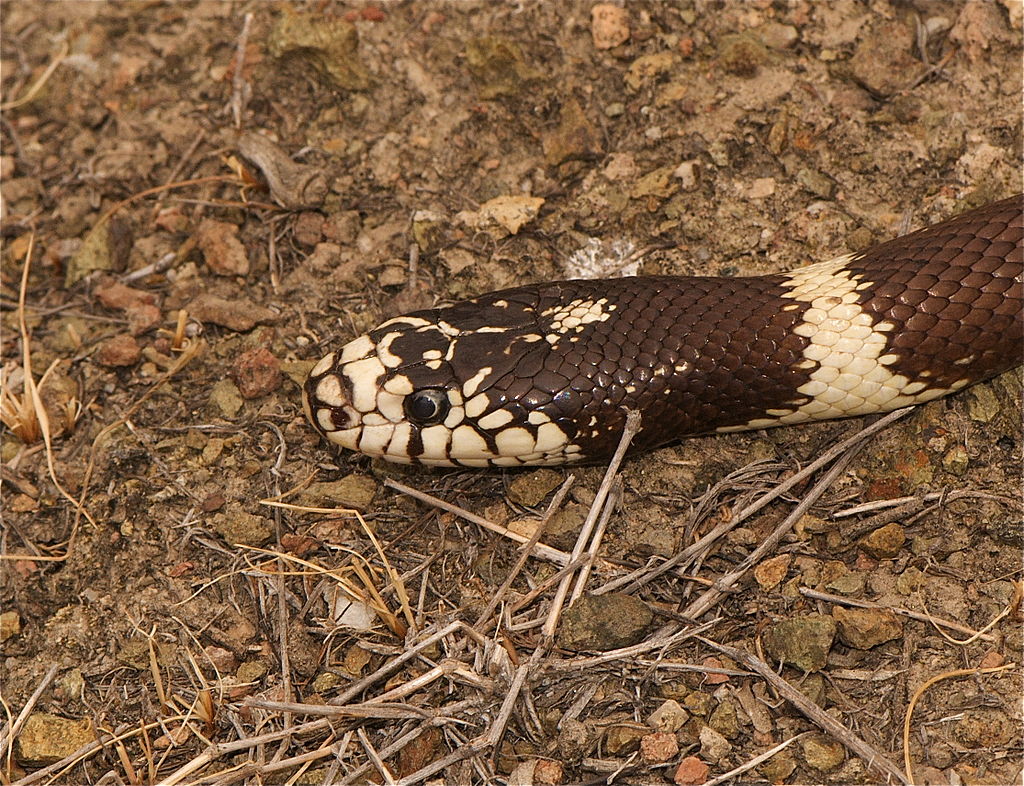Snakes are masters of disguise when it comes to illness, often concealing symptoms until their condition becomes severe. This evolutionary trait, designed to prevent appearing vulnerable in the wild, creates a significant challenge for snake owners and caretakers. Detecting illness in its early stages can mean the difference between a straightforward treatment and a life-threatening emergency. By learning to recognize subtle changes in your serpent’s behavior, appearance, and habits, you can intervene promptly when health issues arise. This comprehensive guide will help you identify the early warning signs that your snake might be unwell, empowering you to provide timely and potentially life-saving care for your scaled companion.
Understanding Normal Snake Behavior as a Baseline
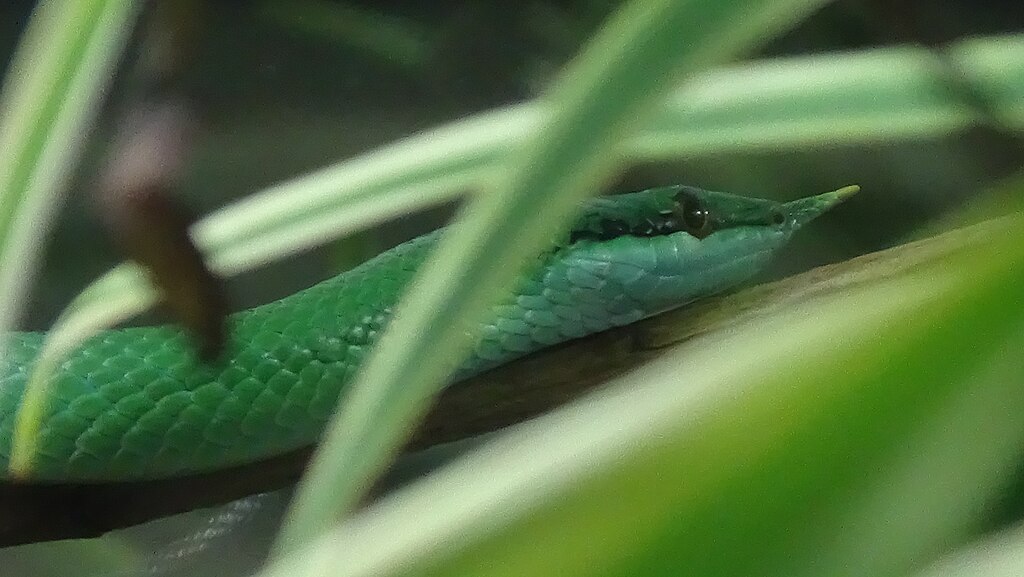
Before you can identify abnormal behavior, it’s essential to understand what constitutes “normal” for your particular snake species and individual. Healthy snakes generally display alert responses to stimuli, have good muscle tone, and show interest in their surroundings when active. They typically maintain regular feeding habits appropriate to their species, age, and seasonal patterns. Most snakes have clear, bright eyes (except during shedding periods), smooth skin with appropriate coloration, and should move with purpose and strength when handled or exploring their habitat. Establishing this baseline by observing your healthy snake regularly allows you to notice subtle changes that might indicate the beginning stages of illness.
Changes in Eating Patterns and Appetite
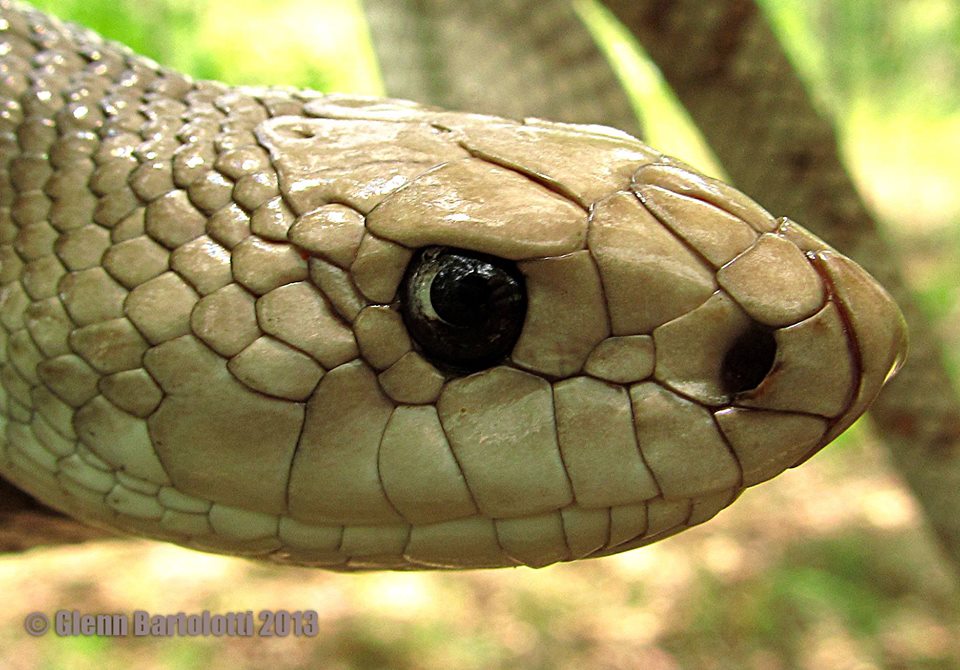
One of the earliest and most reliable indicators of potential illness in snakes is a change in feeding behavior. A snake that suddenly refuses food when it has previously eaten regularly may be experiencing the initial stages of an illness or infection. While seasonal fasting or pre-shedding food refusal is normal for many species, unexplained appetite loss that persists beyond expected periods warrants attention. Some snakes may show interest in food but struggle to strike accurately or may attempt to eat but regurgitate shortly afterward. Changes in how the snake consumes prey—such as taking longer than usual or showing unusual hesitation—can also signal early health problems before more obvious symptoms appear.
Unusual Posture or Movement Patterns

Early illness often manifests in subtle changes to how a snake holds its body or moves through its environment. A healthy snake typically maintains proper muscle tone and can support its body weight effectively, particularly when climbing or exploring. Snakes in the early stages of illness might begin displaying unusual postures such as “stargazing” (holding the head at an odd upward angle), difficulty maintaining balance, or unusual rigidity in certain body sections. You might notice your snake spending more time than usual in unusual positions or showing slight tremors or twitches that weren’t present before. Even minor coordination issues or a slight tendency to favor one side of the body can indicate neurological problems or the beginning of a systemic illness.
Respiratory Changes and Breathing Difficulties
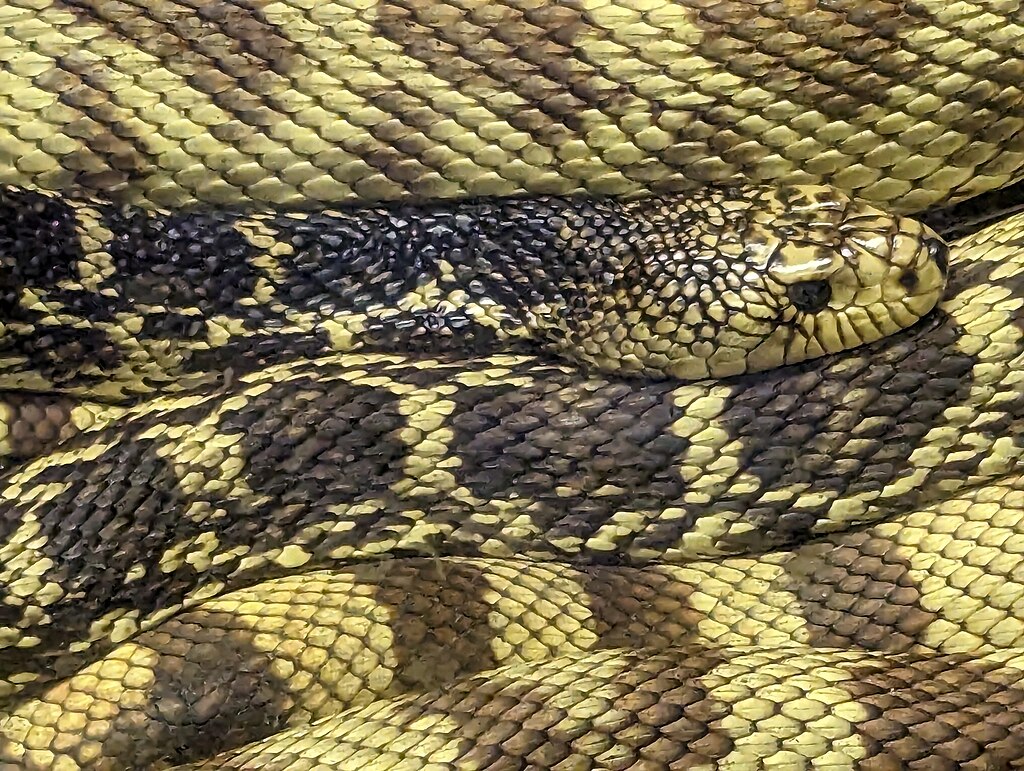
Subtle respiratory changes often precede more obvious breathing difficulties in the early stages of respiratory infections, which are common in captive snakes. Listen carefully for soft wheezing, whistling sounds, or subtle clicks when your snake breathes, as these can be early warning signs before more obvious symptoms like open-mouth breathing develop. You might notice your snake maintaining its head in a slightly elevated position to ease breathing or see very slight mucus bubbles forming at the nostrils or mouth edges. Another early indicator can be marginally increased breathing rate or subtle movements of the body that suggest the snake is working harder than normal to breathe. These signs may be intermittent initially but warrant prompt attention as respiratory infections can progress rapidly in reptiles.
Skin and Scale Abnormalities

The condition of a snake’s skin and scales provides valuable information about its overall health, with changes often appearing in the early stages of illness. Look for subtle discoloration patches, small areas of retained shed (dysecdysis), or scales that appear slightly raised or separated from surrounding scales. Early fungal or bacterial skin infections might appear as small, discolored spots or very slight textural changes before developing into more obvious lesions. Some snakes may display increased soaking behavior as they try to self-treat early skin issues, or you might notice them rubbing specific body areas more frequently against objects. Dull coloration that doesn’t brighten after shedding or a general lackluster appearance to the scales can indicate nutritional deficiencies or systemic illness before more dramatic symptoms develop.
Changes in Waste Production
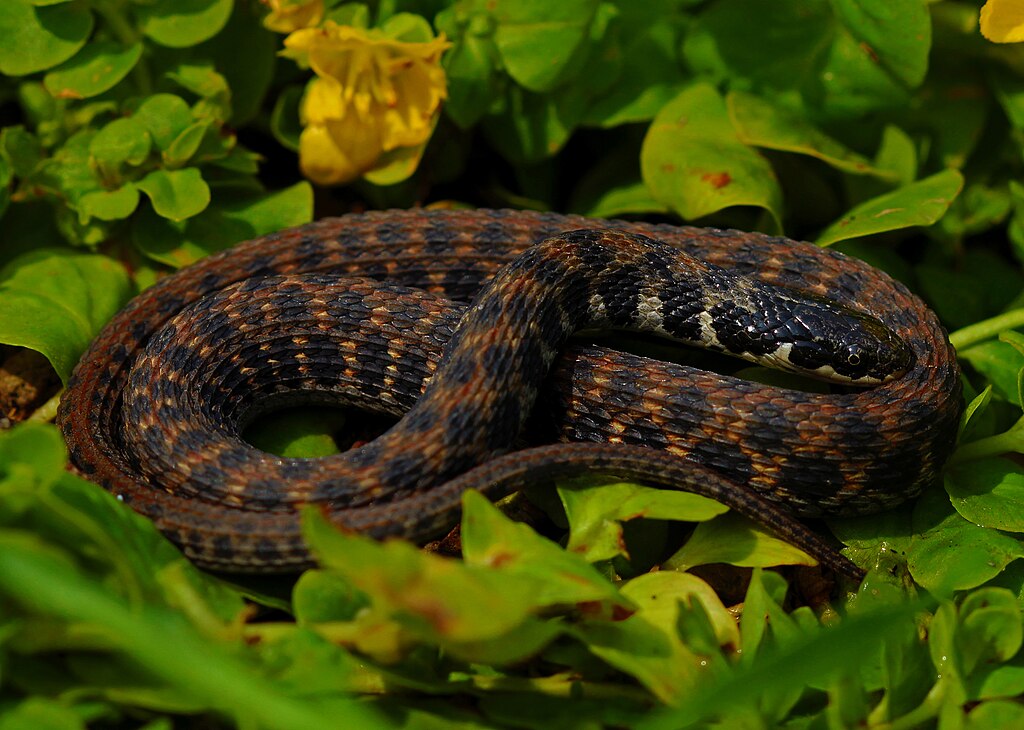
Monitoring your snake’s waste output provides valuable insights into potential early-stage health issues. Healthy snake feces should be relatively well-formed and consist of dark waste material with white urates (the snake’s version of urine). Early signs of digestive issues might include slight changes in consistency, frequency, or color of droppings. Unusually watery stools, increased frequency, or subtle changes in the color or smell can indicate parasitic infections or digestive problems in their initial stages. Conversely, decreased frequency of waste elimination or straining during elimination might signal early constipation or impaction issues. Some snakes might also show changes in their urates—such as yellow or orange discoloration—which can indicate liver problems or dehydration before other symptoms become apparent.
Weight Loss and Body Condition Changes

Subtle changes in body condition often precede more obvious weight loss in snakes experiencing early illness. A healthy snake should have a gently rounded body cross-section with muscle tone that gives the snake a firm feel when gently handled. Early illness might present as a barely perceptible “sharpening” of the spine ridge or slight prominence of the hip bones in the tail region. Regular weighing on a digital scale can help detect minor weight fluctuations that aren’t yet visible to the eye but could indicate developing health issues. Some snakes might also display subtle changes in body proportions, such as a slightly thinner neck region or less muscle definition along the body. These changes often occur gradually but represent important early warning signs of metabolic issues, parasitic loads, or other developing health concerns.
Behavioral Changes and Activity Levels
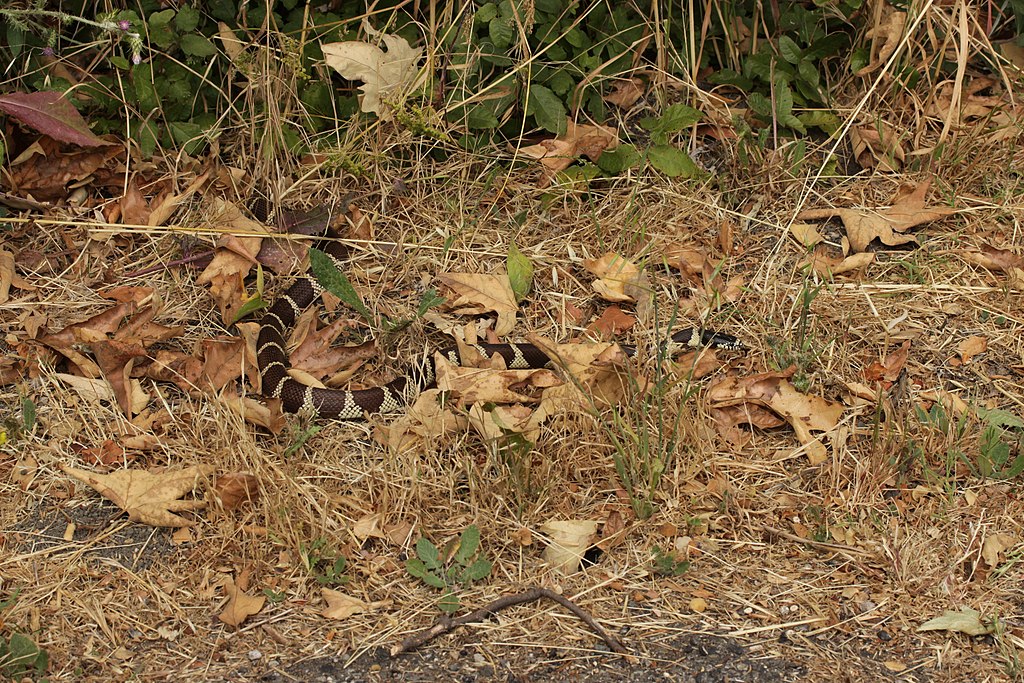
Changes in a snake’s typical behavioral patterns often provide the earliest indications of illness, well before physical symptoms become apparent. A snake that suddenly becomes more reclusive or, conversely, unusually active outside its normal active periods may be experiencing discomfort from a developing condition. You might notice subtle changes in how your snake responds to handling—perhaps becoming slightly more defensive or unusually lethargic compared to its typical temperament. Some snakes may display minor changes in environmental preferences, such as spending more time near or away from heat sources than usual, or showing altered climbing or burrowing behaviors. Even small deviations from established routines can signal that something isn’t quite right and should be monitored closely for progression or additional symptoms.
Mouth Issues and Oral Health
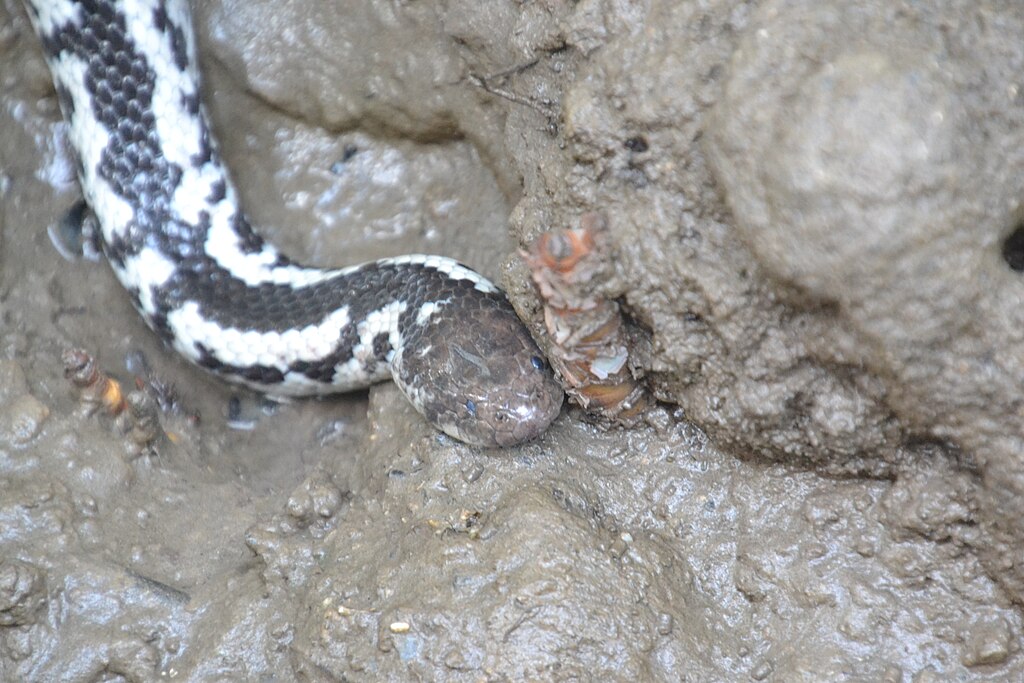
The early stages of mouth infections (stomatitis or “mouth rot”) can be subtle but are important to catch before they progress to more serious conditions. Inspect your snake’s mouth periodically for very slight redness along the gum line or minor swelling that might not be immediately obvious. You might notice your snake yawning more frequently than usual or making subtle jaw movements as if uncomfortable. Some snakes may exhibit slightly increased saliva production or show reluctance to strike or constrict prey as effectively as before. Early oral infections might also cause minor changes in how the snake holds its mouth, perhaps leaving it very slightly open when at rest or showing asymmetry in jaw positioning that wasn’t previously present.
Eye Abnormalities and Vision Changes
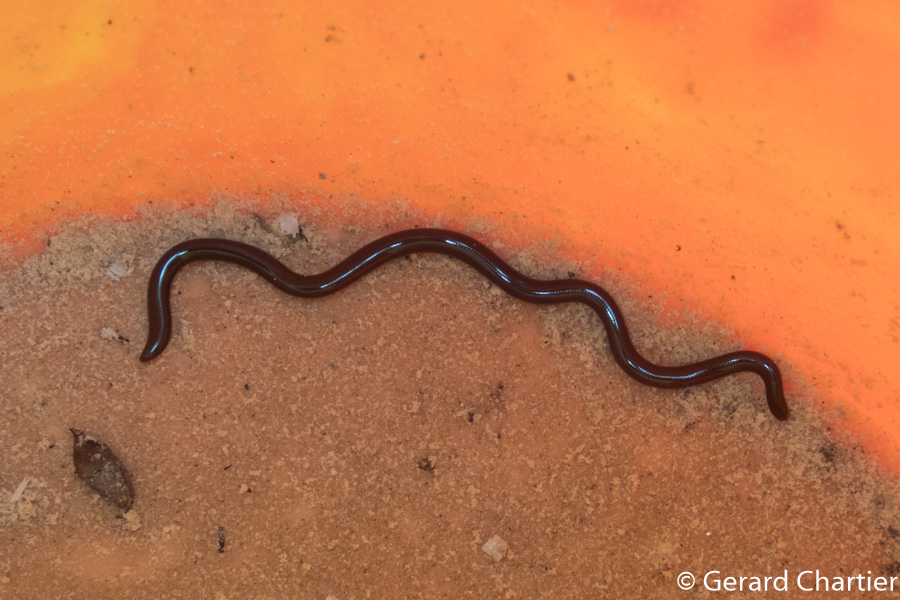
Eye issues often provide early warning signs of both localized and systemic health problems in snakes. Healthy snake eyes should be clear, bright, and free from discharge outside of normal shedding periods. Early signs of problems might include subtle cloudiness that isn’t associated with pre-shed opacity, minor swelling around the eye margins, or slight discharge at the corners of the eyes. Some snakes might blink more frequently (using their transparent eye caps) or show minor changes in pupil responsiveness to light changes. You might also notice your snake misjudging strikes at prey or bumping into objects that it would normally navigate around smoothly, suggesting early vision impairment. These subtle changes warrant close monitoring as they can indicate developing respiratory infections, vitamin deficiencies, or other systemic issues.
Temperature Regulation Behaviors
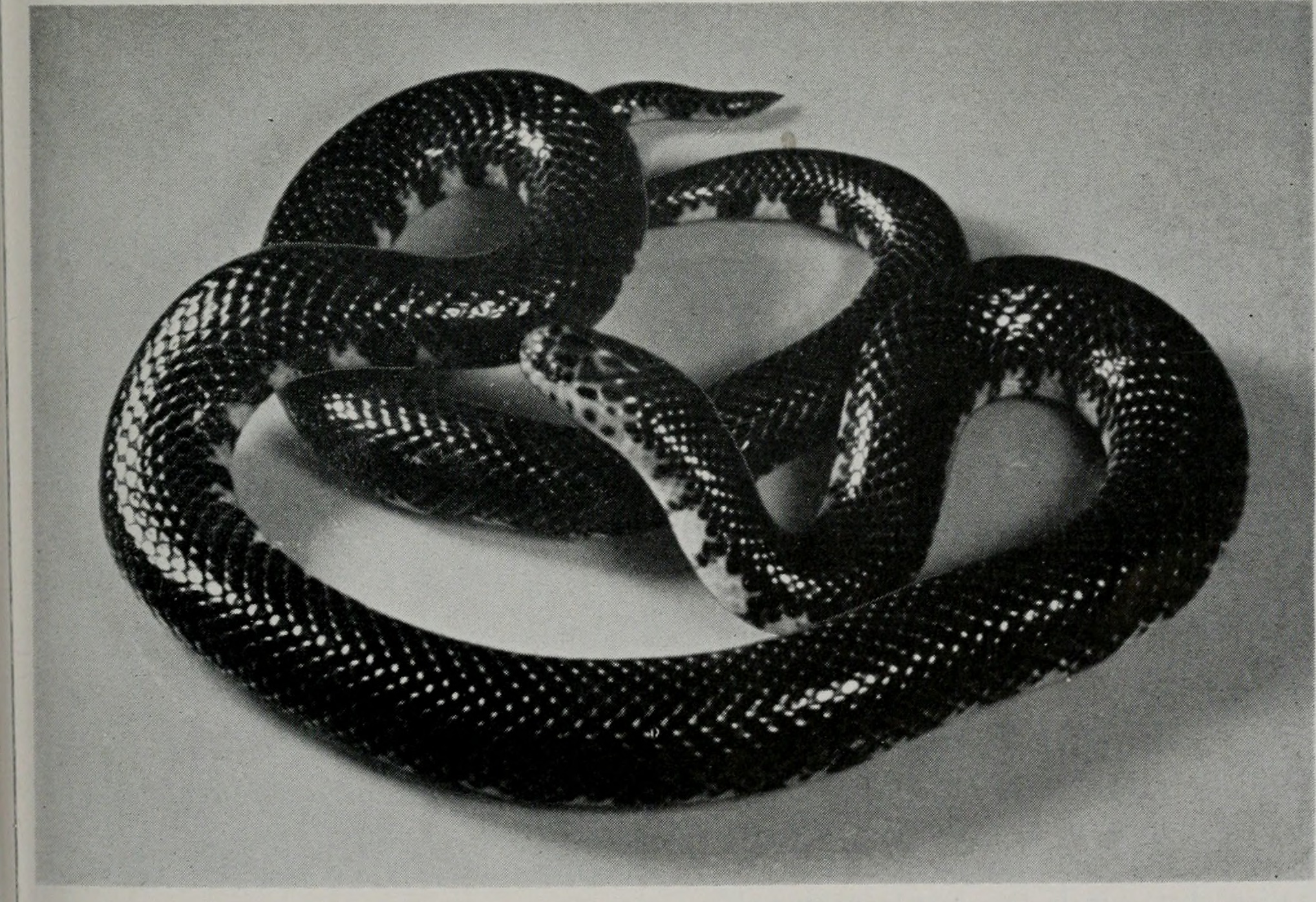
Snakes experiencing early stages of illness often display altered thermoregulation behaviors as they attempt to manage their condition. You might notice your snake spending unusual amounts of time directly under heat sources when fighting infection, as many reptiles instinctively seek higher temperatures to stimulate their immune response. Conversely, some conditions might cause a snake to avoid heat, leading to more time spent in cooler areas of the enclosure. Pay attention to unusual basking patterns, such as basking with only part of the body under heat while keeping other portions in cooler areas, which can indicate localized pain or discomfort. Some snakes may also display more frequent shuttling between temperature zones as they struggle to regulate their internal conditions effectively, a subtle behavior that often precedes more obvious symptoms.
Shedding Process Abnormalities
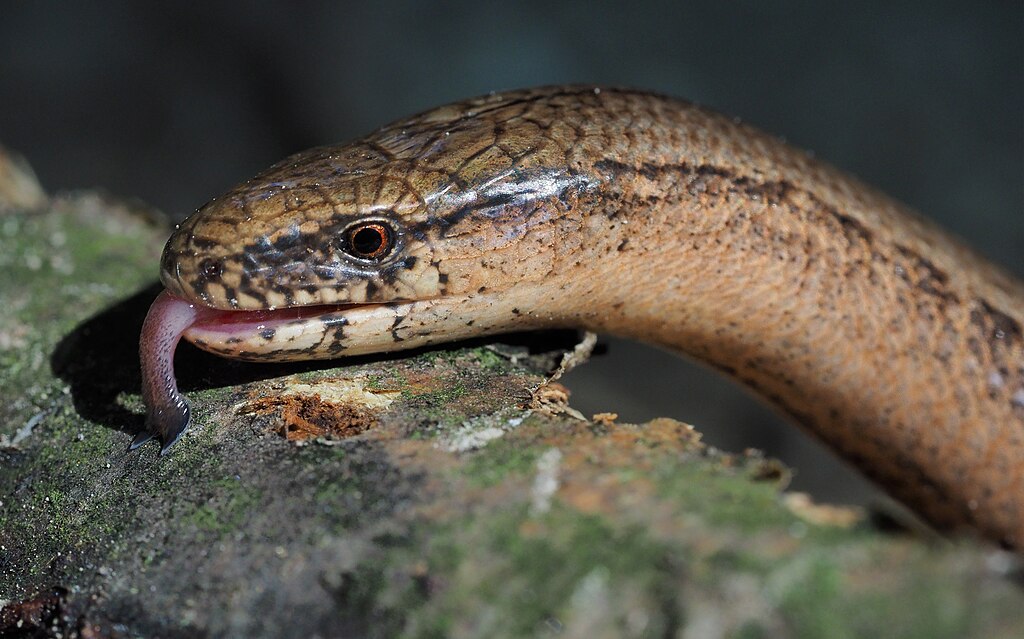
Changes in the shedding process often signal underlying health issues before more obvious symptoms develop. A healthy snake typically sheds its skin in one complete piece, from nose to tail tip. Early health problems might manifest as incomplete sheds, where small patches remain stuck to the body, or as prolonged pre-shed periods that last longer than usual for your particular snake. You might notice that the shedding skin appears drier or more brittle than previous sheds, or that your snake requires more soaking sessions to complete the process. Some snakes may also display unusual behavior during pre-shed periods, such as excessive rubbing against objects or appearing more irritable than during normal shedding cycles. These subtle changes in what should be a natural physiological process can indicate dehydration, nutritional imbalances, or environmental stressors affecting overall health.
When and How to Seek Veterinary Care
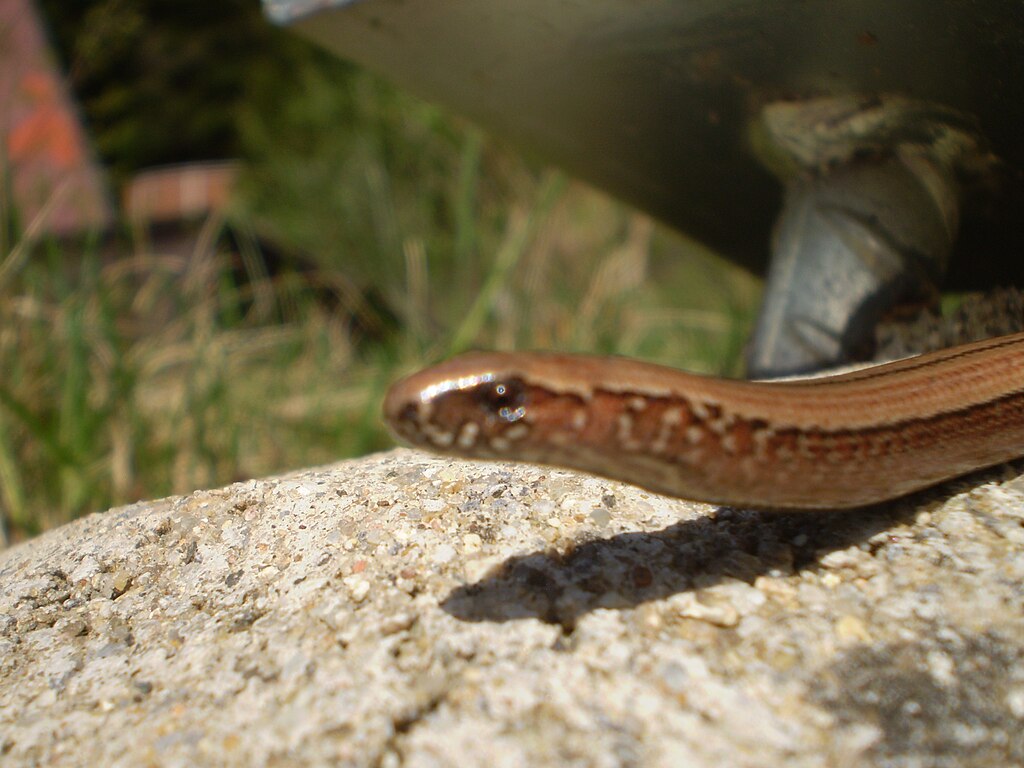
Understanding when to consult a veterinarian is crucial when you notice early warning signs of illness in your snake. If you observe any of the subtle changes discussed—particularly if multiple symptoms appear together or progress despite adjustments to husbandry—it’s time to seek professional guidance. Document your observations thoroughly, including when symptoms first appeared, any environmental changes, recent feeding records, and specific behavior changes, as this information helps veterinarians make accurate assessments. When possible, bring recent fecal samples for parasite screening, and take clear photos or videos of concerning behaviors that might not be displayed during the examination. Select a veterinarian with specific reptile experience, as general practitioners often lack specialized knowledge of snake physiology and diseases. Remember that early intervention typically leads to better outcomes and less invasive treatments, making your attentiveness to subtle changes a crucial factor in your snake’s long-term health.
In conclusion, detecting illness in snakes during its earliest stages requires careful observation, familiarity with your specific snake’s normal behaviors, and attention to subtle changes that might otherwise go unnoticed. By establishing a baseline of normal appearance and behavior, you can more readily identify concerning deviations that warrant further investigation. The early warning signs discussed in this guide—from changes in eating patterns and subtle posture abnormalities to minor skin irregularities and altered thermoregulation behaviors—provide a comprehensive framework for monitoring your snake’s health. Remember that snakes have evolved to mask illness until conditions become severe, making your role as an observant caretaker essential to their wellbeing. When in doubt about any changes you notice, consulting with a reptile-experienced veterinarian remains the most prudent course of action, potentially saving your snake from unnecessary suffering and improving the likelihood of a full recovery.

